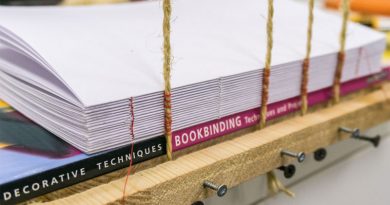Designing Ads? Remember The Reader
When you are creating advertising design for the newspaper, magazine or email marketing, what do you think might be one of the most important considerations?
If you answered readability, congratulate yourself! Fancy graphics may get the ad noticed, but readers must be able physically to read the words. This elementary concept sounds simple enough, yet is often ignored. If they can’t read it, they can’t understand enough about your offer to respond.
With todays’ sophisticated and virtually unlimited graphic computer options, it is easy for the graphic design advertising person to get sidetracked into believing what is on the screen looks like a true work of art!
Here are some advertising design questions to ask:
1. Want your ad to look different? Examine a few past issues of the publication where your ad will be appearing. Often publications create ads themselves (“pub-set”) and they can tend to look similar. See if you can spot them. Then try to develop a graphic look different than the other ads. Set your ad apart by using a different type face family that is easily read.
2. Is the advertisement legible? In their desire to be different and stylish, some of todays’ magazines make reading difficult.
Here are some common problems. White type on a light pastel background. Or light pastel type on a slightly darker background of the same color. Or colors that don’t contrast well when viewed in black and white, such as dark forest green type printed on a background of fire engine red.
It is better to go for the headline in big, lighter type against a much darker background.
3. Trying to cram too much information into a small space? One of the big problems is trying to fit too many words and concepts into a small space.
Here is where small space is actually your friend. It forces you (or the writer) to break down your ideas into simple words and simple concepts. Bear in mind that the goal of many advertisements is to solicit an inquiry, not to tell the entire story.
Often readers look to the details to figure out if they want to act. The type showing those details should be large enough to see and comprehend, even for those who have trouble with their vision. Type in color really needs to be 10 point, if not 11 to be read by the entire population.
With black and white newspaper ads, it is possible to use typefaces as small as 8 point because their comprehension is made easier by black type on newsprint. In magazines, black type as small as 4 points (on a white background) has been used. The clarity is astounding, but many people need a magnifying glass!
In conclusion, ignoring these three considerations can spell disaster for the reader who is trying to understand the advertising message. Good advertising design creates graphic effects that enhance the writers’ words and contribute to the overall success of the ad.




